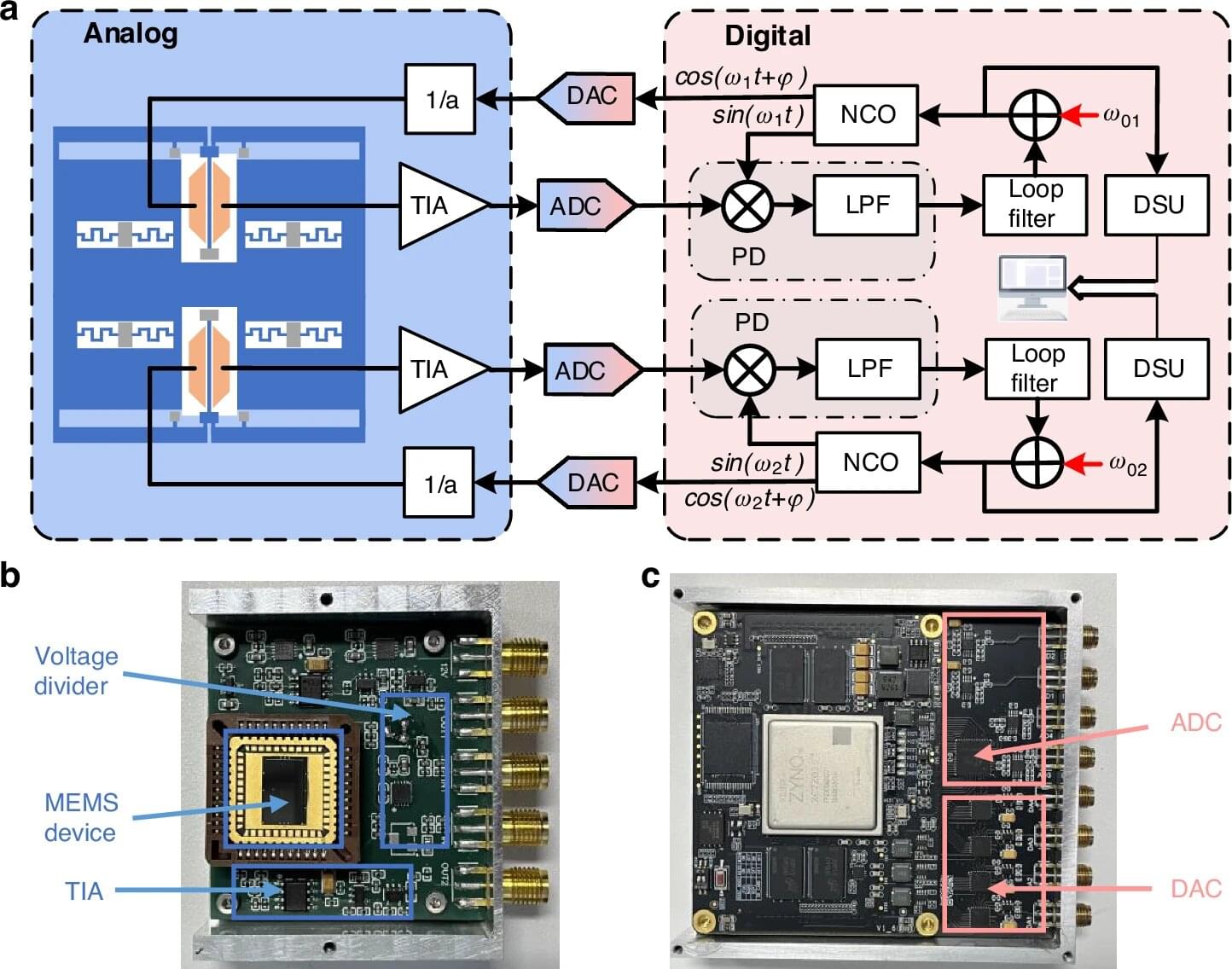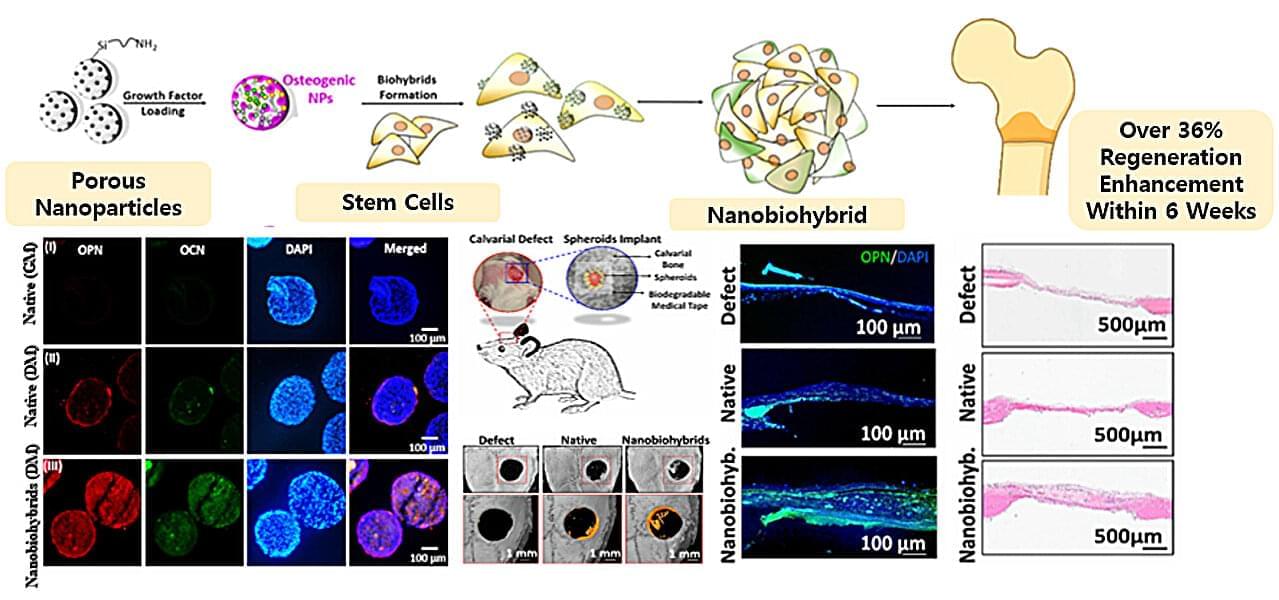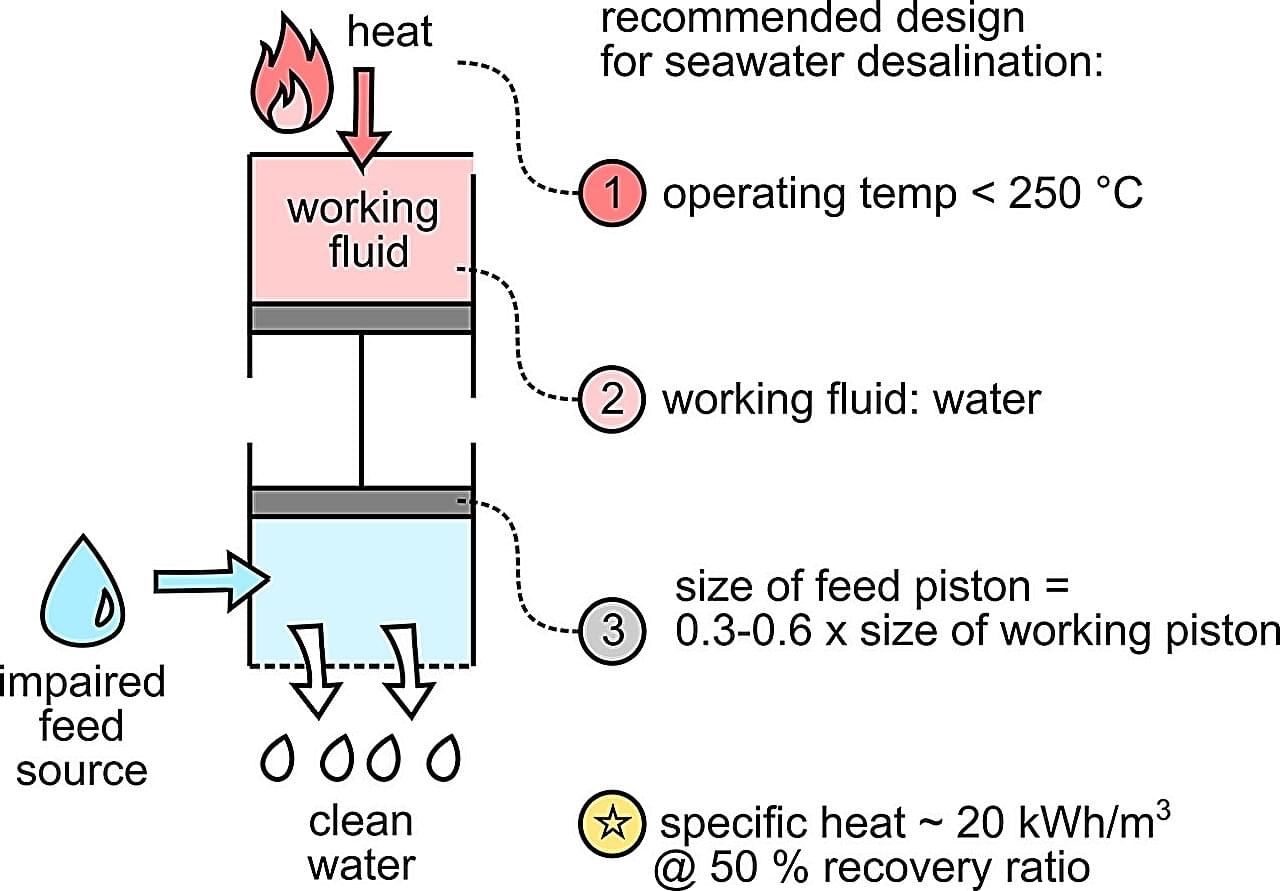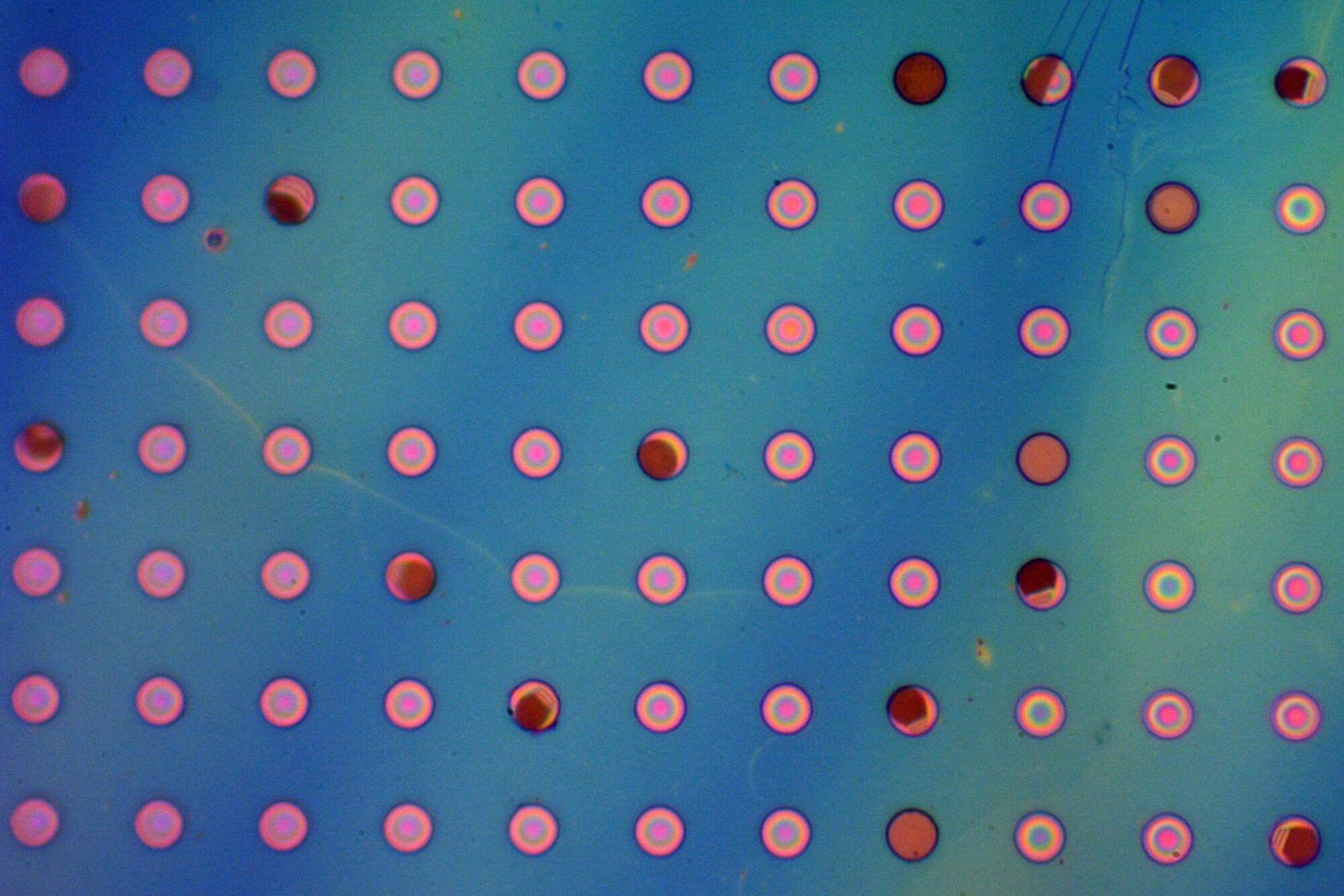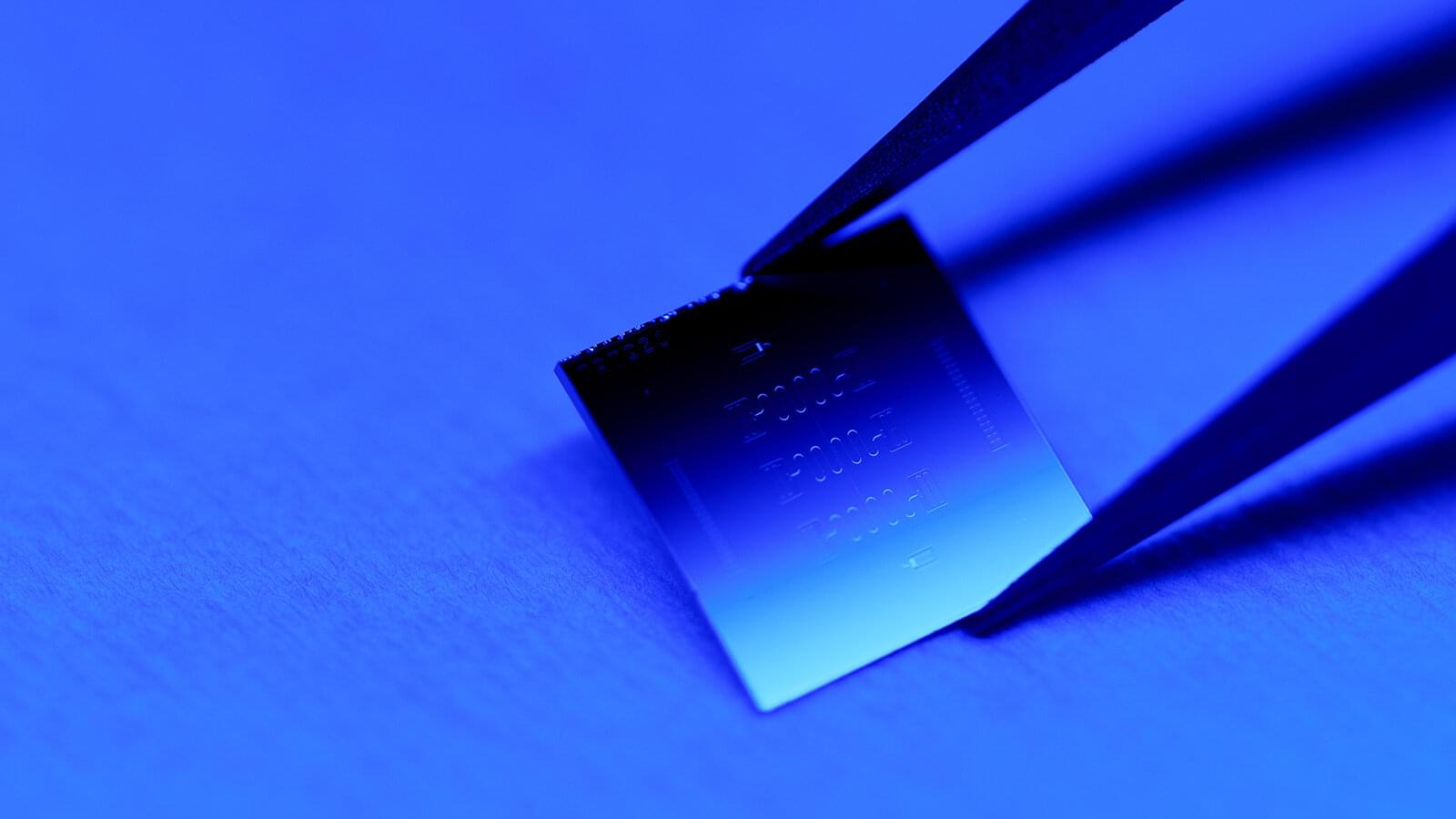Visions of humanity’s future in space — les johnson — infinite frontiers consulting, LLC.
Les Johnson is a physicist, author, and space technologist (https://www.lesjohnsonauthor.com/) who most recently served as the Chief Technologist at NASA’s George C. Marshall Space Flight Center.
Les is also the Founder of Infinite Frontiers Consulting (https://www.lesjohnsonauthor.com/infi… an aerospace consulting firm dedicated to helping turn innovative space ventures into reality. After decades leading of missions at NASA and collaborating across the industry, Les is excited to work with clients and partners who are pushing boundaries and advancing cutting-edge space technologies.
Over a distinguished career with NASA, Les played a central role in developing advanced space propulsion systems and pioneering technologies designed to expand humanity’s reach beyond Earth orbit. He has led and contributed to multiple interplanetary technology demonstration missions, including work on solar sails, in-space propulsion, and deep-space exploration architectures.
In addition to his NASA career, Les is an accomplished science fiction author and popular science writer, known for making complex space science accessible to broad audiences. His books—both fiction and nonfiction—explore the scientific and philosophical dimensions of humanity’s future in space (https://www.amazon.com/stores/Les-Joh?tag=lifeboatfound-20…).
